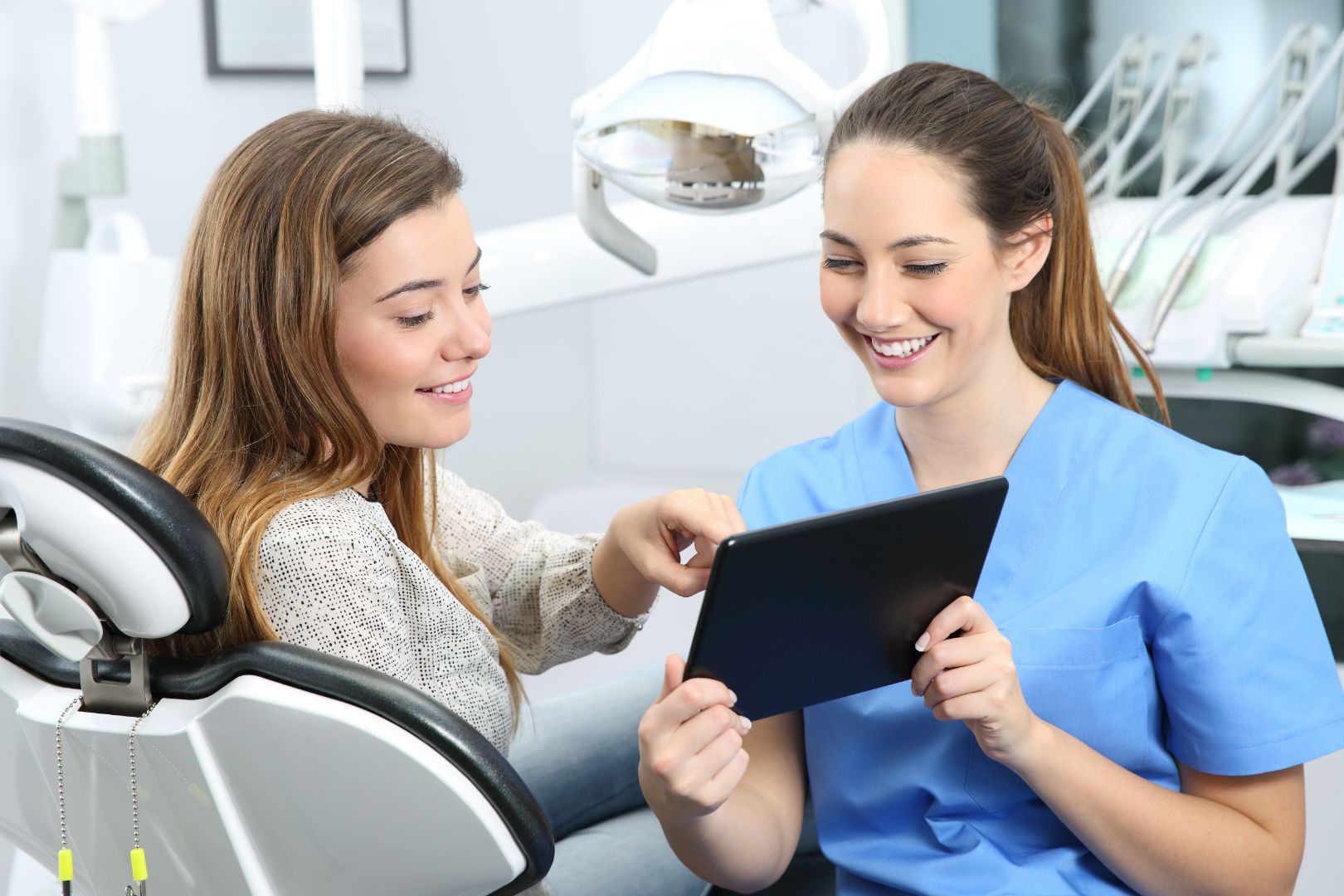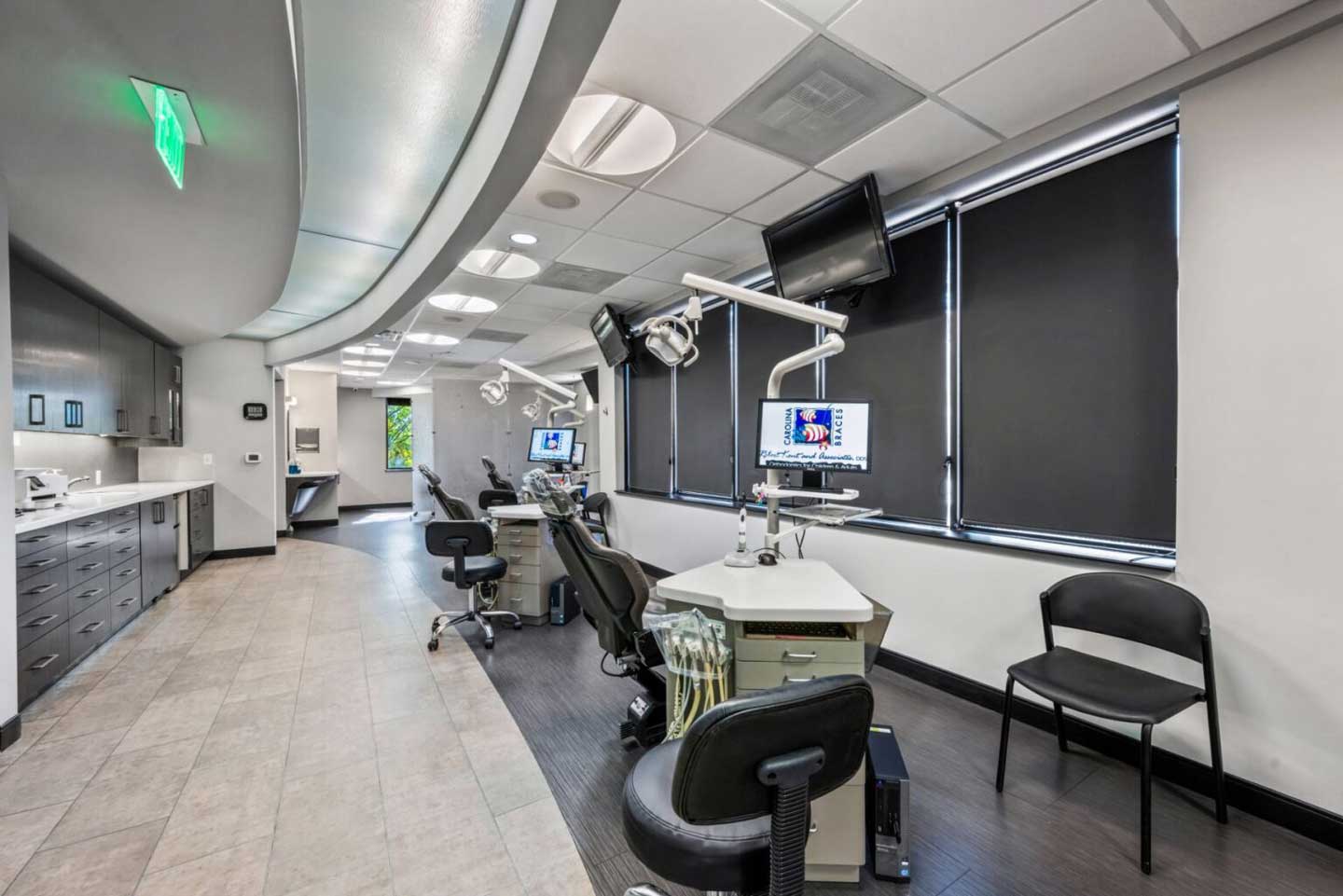While there is plenty of evidence tying dental health to overall health, only about 63% of adults see a dentist in any given year. Not surprisingly, about a quarter of adults have untreated cavities. Of course, cavities aren't the only kind of problem people have with their teeth. Crooked teeth can cause a host of other problems, such as accelerated tooth decay and gum disease, in both kids and adults. Those with crooked teeth or teeth too far apart seek out orthodontists. So, what does an orthodontist do? If you're curious, keep reading for our orthodontist guide, which will cover orthodontist essentials.
What is an Orthodontist?
The easiest way to think of an orthodontist is as a dentist who undertakes advanced training. As a general rule, orthodontists specialize in the treatment of tooth irregularities and some facial irregularities as well. Common things they treat include:
- Crooked teeth
- Misaligned jaws
- Tooth gaps
- Overcrowded teeth
- Gum disease
On the whole, orthodontists treat children or teenagers, but they can also treat adults for similar problems.
Orthodontist Education
Orthodontists follow a fairly intense educational path. They start with an undergraduate degree. Some dental schools allow a 2-year degree for admission, while most look for a bachelor's degree. In most cases, aspiring orthodontists major in a science, such as biology or chemistry.
After completing an undergraduate degree, orthodontists attend dental school. Dental school takes four years and consists of both traditional coursework and hands-on clinical practice. The first two years focus mostly on coursework, then transition to clinical practice in the last two years.
Orthodontists must then enter and complete an orthodontic residency program, which takes two to three years. The program teaches techniques for corrective treatments and some facial surgery.
After successful completion of the residency program, orthodontic residency students can sit for board exams. Passing the written and oral exams makes you board-certified and allows you to practice orthodontics, assuming you meet all other state requirements.
What Does an Orthodontist Do?
Orthodontists can carry out a number of orthodontic treatments, but the most common treatment is braces. Braces apply pressure on your teeth to slowly adjust their position in your mouth and subtly reshape the jaw. Over time, this treatment can straighten and align your teeth. Braces can also help to correct an overbite or an underbite.
Correcting the tooth position can take a long time because the movement of teeth and the reshaping of the jaw is a slow process. Your orthodontist will make small adjustments to the braces at each appointment until your teeth reach their optimal placement.
Depending on the kind of adjustment needed, dentists may use several approaches, including metal braces, ceramic braces, and Invisalign. People often prefer Invisalign because it's a low-visibility treatment option. In some cases, treatment may call for orthodontic headgear. This approach can exert more pressure on the teeth and jaw. It's more common with patients who come in with an overbite or underbite.
That can prove beneficial if a patient feels embarrassed about wearing braces. Adult patients often prefer them as they get treatments more rarely than children.
Uncommon Orthodontic Treatments
While many orthodontists recommend braces, some offer other, less common treatments. In some cases, an overbite or underbite is extreme enough that other treatment options cannot correct the issue. In those cases, some orthodontists will employ a surgical solution to lengthen a jaw or shorten one. This approach often requires using plates and screws to hold the jaw in place during healing. The procedure is more invasive and potentially carries a higher risk for the patient. This is typically considered a last resort for very extreme cases. You will likely need someone other than your regular orthodontist for this procedure.
How Are Treatments Planned?
During the initial planning phase, everyone gets more or less the same treatment. You'll likely give a visual examination of your teeth and jaw. This is often followed up with a complete set of X-rays of your teeth and jaw.
The orthodontist may also take impressions of your teeth.
At that point, the orthodontist will develop a tentative treatment plan. They will typically discuss the options with the patient and recommend which treatment will work best. The duration of treatment will vary from patient to patient. For a child with only slight misalignment, the treatment may only last a year. The treatment might take two or three years for an adult with more serious tooth misalignment. Other factors can also complicate adult treatment, such as marginal bone loss.
Orthodontist Cost
The exact cost of your orthodontist treatments will depend on the exact treatment you get and the total duration of treatment. For example, clear aligners typically cost more than traditional braces. Your location can also influence the final pricing for services. With that said, the average cost of braces runs about $5,900.
Benefits of Orthodontic Treatments
Orthodontic treatment can offer patients a lot of potential benefits. One of the biggest benefits is often a psychological one. A smile with straight, aligned teeth can help people feel more confident and help make a good first impression.
Beyond those social concerns, treatment can help eliminate pain from chewing or TMJ. This makes talking easier. It can also help reduce the chances of tooth decay and make cleaning teeth a simpler process.
Orthodontist Treatment and You
For adults with minimal experience with dental problems, the question of what an orthodontist does may seem mysterious. For people who grew up with braces, the answer seems obvious.
On the whole, orthodontists help correct a number of dental problems, such as misaligned teeth, overcrowded teeth, overbite, and underbite. They typically treat these problems with braces or aligners, although more extreme cases may call for surgical intervention. Many orthodontists do not offer surgery. Carolina Braces offers orthodontic care in the form of braces and aligners in Raleigh. For a free consultation, contact Carolina Braces today.





